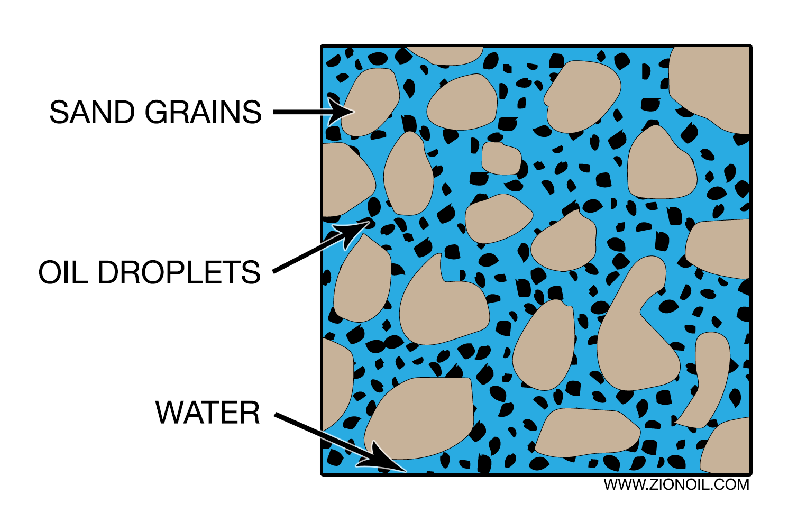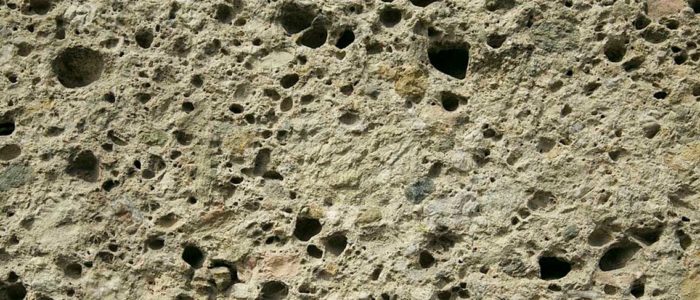How is oil formed? Part 3 – What is an oil reservoir?
WHAT IS AN OIL RESERVOIR?
A petroleum reservoir or oil and gas reservoir is a subsurface pool of hydrocarbons contained in porous or fractured rock formations. Petroleum reservoirs are broadly classified as conventional and unconventional reservoirs. In case of conventional reservoirs, the naturally occurring hydrocarbons, such as crude oil or natural gas, are trapped by overlying rock formations with lower permeability. While in unconventional reservoirs the rocks have high porosity and low permeability which keeps the hydrocarbons trapped in place, therefore not requiring a cap rock. Reservoirs are found using hydrocarbon exploration methods.
Example of a sand formation:
An oil reservoir can be in a sand formation in which oil has accumulated. [Note: Zion’s current exploration would be in a carbonate formation. Using sand as an example is due to most people’s familiarity with sand.] If you covered a sand beach with tons of sediments, you would have a potential sand reservoir. The only difference is that the loose sand grains would consolidate into a hard sandstone rock.

A microscopic view of an oil bearing sand formation, showing how oil and water are found in between the individual sand grains. You can see by this illustration that oil is not found in large caves or cavities.
Not a cavity
If you have always imagined that oil is in a huge cavity beneath the surface, this might be a difficult concept to accept. The oil is drawn from between the sand grains to the well and then flows or is pumped up the well into storage tanks.
Sounds simple?
It isn’t. Great care must be taken to keep from damaging the formation around the well bore, thus ruining the well.






[…] post How is oil formed? Part 3 – What is an oil reservoir? appeared first on Zion Oil and Gas, […]